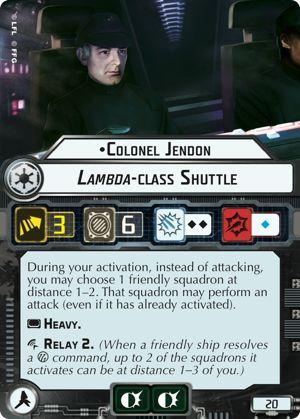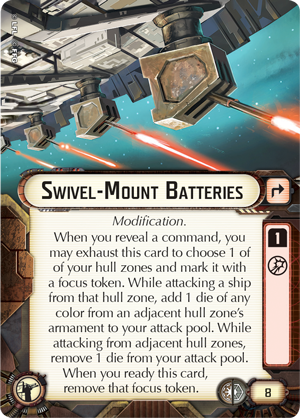Hey everybody,
Some folks have been messaging me with questions about some of the new Clone Wars content and how certain card interactions work. Thank you for that level of trust!
With all the Armada Devs having been layed off, and not knowing when AMG will start answering questions. All I can do is try my best to help.
Please feel free to either keep DMing me or drop your questions here just so I can keep a tally of what questions are ongoing. I'm starting the process of getting Clone Wars KARM made, but it likely won't be ready until a month or so after release as things take time to write up, debate with other judges, and try and also get developer feedback (not a guarantee, but its nice when it happens).
I'm just as excited to dig into all the new rules as everybody else.
![]()
*Please note, that
nothing
is officially endorsed by FFG, however I have Judged at GenCon 2019 and would of Judged alongside Brooks at Worlds 2020 and remain in active communication with Ian Cross (multiple armada Worlds Judge) as well as several other individuals (Such as Drasnighta) that are well-versed in the Armada rulebook. You can see these discussions happen on the community run Star Wars Armada Discord.






